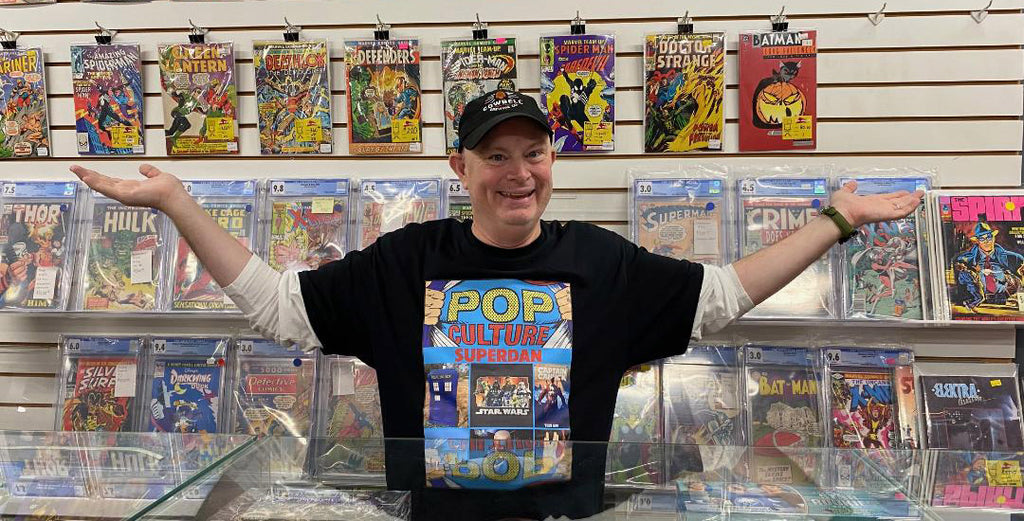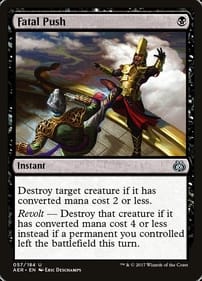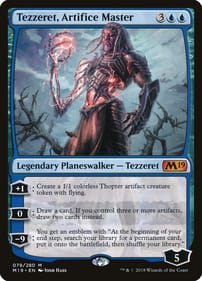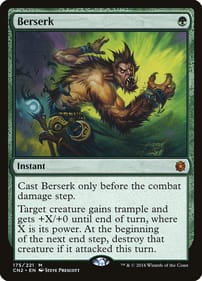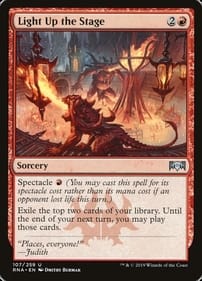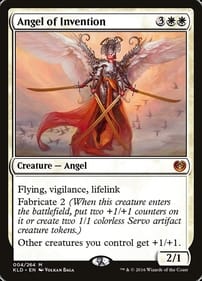Goodbye to the Library Pub
By Dan Brown I wish I could go back in time to step into the Library Pub for the first time again. As a twentysomething journalism student at Ryerson University, what was I thinking as I stepped through the door on Toronto’s Dundas Street and walked up the stairs to the venerable pub? Did I know then how the Library Pub would become an unofficial headquarters for our class, how I would spend so much time there in the following two years, how it would loom so large in my memories? I ask these questions because the Library Pub, which was the dive of choice for many a generation of Rye High journalism students, will soon be no more. As of Nov. 15, the family that has owned the Imperial Pub (which is the downstairs part) is closing the whole business. The building is to be razed to make room for more housing for Toronto Metropolitan University students – the same school I went to in the 1990s, only with a different name. Located maybe three blocks from the j-school, the Library was where our class walked briskly on Oct. 3, 1995 when we heard the O.J. Simpson verdict was about to come down. We grabbed some glasses of draft, snuggled into the wide and worn leather couches, then asked the bar staff to switch the wide-screen TV to CNN. It was not the verdict I had expected. It was also where we went for a pitcher or two of Rickard’s Red after every occasion, like our final TV broadcast class. The old-school jukebox had maybe a hundred jazz songs on it and every one of them was Frank Sinatra’s Summer Wind. I bought many glasses of beer for my classmates, one of whom I am friends with to this day. In fact, she was the best “man” at my wedding. Journalism school was a shared experience, and that bar room is also where we bonded, complaining about our instructors and dreaming of how we would fix journalism while we played pool. We also watched episodes of The Simpsons, which was then in its glory days. In one episode it was revealed that Sideshow Bob’s real name is Robert Onderdonk Terwilliger, which was strange because we had a Rob Onderdonk in our class, too. And yes, I was told by my classmates that this conversation did take place on more than one occasion when I was missing from class: – Where’s Dan?– He’s at the Library.– Wow, he’s always at the Library, he studies so much.Along with many of my peers, I went on to a long career in journalism. My classmates became sports columnists and movie-magazine editors and freelance reporters. I spent almost a decade in Toronto all told before following my passion for journalism back to Southwestern Ontario. Now I mentor students who are roughly the same age I was in my prime drinking days. I haven’t been to the Library Pub in years, perhaps even decades, so I would be the first to admit: What I’m writing is really a tribute to the Library as it was back then, to the Library Pub of my mind – although I’m told it never changed much. I will also admit that some bars never get immortalized like this. In fact, this column belongs to the subgenre of articles about watering holes that get written for no better reason than they matter to journalists, like McSorley’s Wonderful Saloon (the New Yorker), the Wheat Sheaf Tavern (the Globe and Mail) and the Bucket of Blood/Victoria Tavern (the London Free Press). You can call me guilty of the same journalistic crime. Dan Brown has covered pop culture for more than 33 years as a journalist and also moderates L.A. Mood’s monthly graphic-novel group.
Maurice Vellekoop’s Coming-of-Age Story Mirrors That of Toronto
By Dan BrownI’m So Glad We Had This Time Together is the story of one man, but also a city.The graphic memoir, released earlier this year, describes how future visual artist Maurice Vellekoop grew up closeted in a strict Dutch immigrant family in Toronto. The experience haunts him for much of his adult life.As Vellekoop comes of age, so does his hometown; his sexual awakening coincides with Toronto’s arrival on the world scene.These dual narratives make for compelling reading. It doesn’t happen often that I’m so engrossed in a graphic novel I lose track of time, but that’s the kind of hold the book had on me.It’s one of the few comics of which I can say: I wish it went on longer.As a young boy, Vellekoop’s imagination is fired when his father takes him to see Walt Disney’s Fantasia. It was “an experience that more or less set the course for the rest of my life,” he explains.Vellekoop’s drawing style reminds me of that of Seth, arguably the father of Canada’s autobiographical school of graphic storytelling. Vellekoop uses devices like giving his inner child and his inner demon actual shape and form; they flit about his head as he struggles with contradictory emotions.After years of therapy, Vellekoop absorbs both figures into himself, indicating he is overcoming the damage done by his religious parents.Music, which also looms large in Vellekoop’s life, is portrayed as lyrics dancing across several panels in the book. It’s these kinds of visual innovations that kept this reader engaged for almost 500 pages. The artist/writer devotes a big chunk of that to his childhood, and in a couple sections I wish he had taken extra time to develop aspects of his life as an adult in a more fulsome way.The parallel story here is that of Canada’s largest city, and its queer community.In at least a couple passages, I spotted figures from Toronto gay history like the late Gerald Hannon, who was an instructor of mine when I attended Ryerson University’s journalism school in the 1990s. Partway through his account, Vellekoop makes his home in a cottage on the Toronto Islands. On lonely Saturday nights, he watches movies on TV hosted by Elwy Yost. There’s a mention early in the book of “gay cancer,” indicating Vellekoop is then living under the shadow of HIV/AIDS – even before it was called that. Later on, he has an inner debate about bringing home a stranger from a bar. “What if he’s Toronto’s own Jeffrey Dahmer?” Vellekoop wonders. As we now know, there was a serial killer targeting queer men in Toronto’s gay village for several years, Bruce McArthur.Vellekoop also recounts being gay-bashed on two occasions. The first of these attacks is all the more shocking and disappointing when Vellekoop’s father declines to come check up on his son, leaving him with deep emotional scars.I’m So Glad We Had This Time Together also has the most compelling depiction of talk therapy I’ve ever read. You might think two people sitting and chatting wouldn’t be great material for a comic book, but with devices like flashbacks and the aforementioned personal avatars it becomes a dynamic scene.In Seth’s work he wields nostalgia like a weapon; over the years, he has used the fictional town of Dominion – his answer to the Marvel Universe – to evoke a Canada that never existed but which we can all remember. In Maurice Vellekoop’s new graphic memoir, he likewise uses specific details to paint a vivid portrait not of Toronto, but of a Toronto of the mind, with all its grime, glory and Gerald Hannons. That’s why it has fast become a classic of the genre.Dan Brown has covered pop culture for more than 31 years as a journalist and also moderates L.A. Mood’s monthly graphic-novel group.



